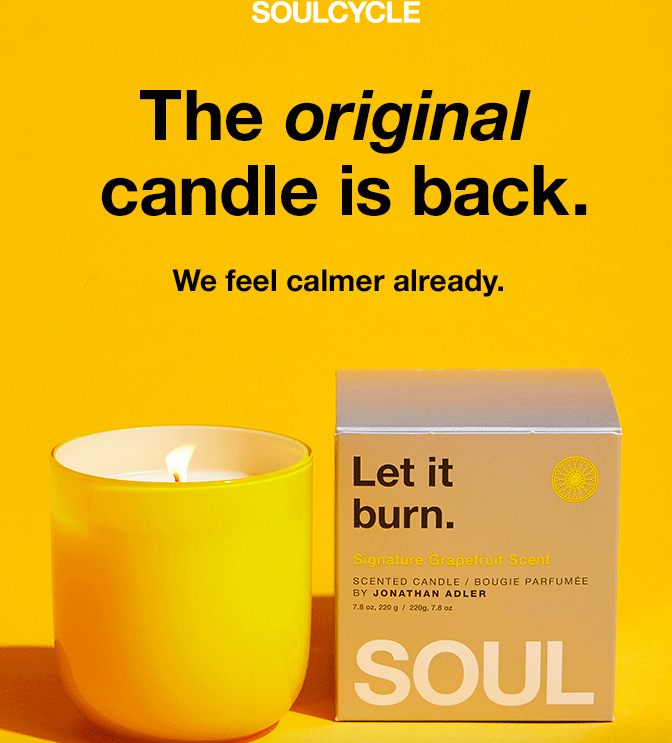Boutique fitness studios pop up on every street in every city as if they are the first to revolutionize a workout. The highly concentrated market of fitness studios challenges a multitude of these businesses from staying afloat. They offer promises of a fun and efficient workout and give their clients a sense of feeling healthy for a week for the one hour they spend in a workout class. As more and more studios open, the number of competitors increases, forcing changes in pricing. As an avid studio attendee myself, I always question how much I’m willing to pay for a certain workout. This is impossible to answer because of the tradeoff I see in getting in my workout. I will always crave a workout where I am surrounded by others who are doing the exact same moves I am doing, all while feeling a sense of community every time I walk into my favorite studio, Sync Yoga and Cycle. Clearly, prices have not reached my peak point where I must walk away from the workout studio experience, and I am not alone.
The emphasis on what we love to call “wellness” encourages high spending on workouts. Wellness is the rechristening of the word vanity. Our physical and mental health is a result of a societal need to advertise what we do to work on our personal wellness. A workout becomes an excuse to show your followers that you care about your health, but only a few hours later, the same person that spent $35 on a Soulcyle class can be seen posting their brunch photos of an unquestionably unhealthy meal. I then explore the true intent our Soulcycle lover has in advertising the morning workout. Is it truly for personal wellness or just to make sure everyone knows you’re on par with current trends? Every time someone chooses to post their workout, the true winner is the studio. Soulcylce will get the client’s $35 as well as a free advertisement with every post. This encourages a faulted system as studio owners begin to focus more on creating an Instagrammable studio instead of a product that is worth what a client is spending.
A growing number of Americans are joining fitness centers. In the past 10 years, visits to fitness centers are up 42%. This jump in people who seek out fitness through outside-of-the-home means seems to be an appealing business opportunity for those in the industry. Many of the boutique studio owners who took advantage of this opportunity may now see the consequences of pursuing a business that many others were inspired to create. There are only so many hours in a day, allowing a limited number of classes and, based on the size of the studio, a limited number of students per class. To maximize productivity is nearly impossible, so studios seek out other means for revenue generators, potentially compromising the workout.

What Soulycle has achieved is what many strive to match. They have developed a brand outside of the workout. They sell an endless amount of workout clothes, all branded with the Soulcycle logo, and more recently have strangely entered the home goods market. A workout studio has somehow developed so much trust with its clients that they can confidently enter an entirely different market. Soulcycle continually loses its top teachers, like Angela Davis, famously known as Beyonce’s favorite spin instructor, to more workout-focused companies. Those who value a workout over a brand are making it obvious that Soulcycle is no longer the peak of an instructor’s career, but now a stepping stone. Similarly, Soulcycle recognizes that the brand and products are the catalysts for success, not the workout class itself. Soulcycle will stay alive in this oversaturated industry because of its ability to create a brand-obsessed client base, while other boutique studios who may have the greatest workout but not the same cult-based following or picture-perfect decor cannot compete and will ultimately suffer.